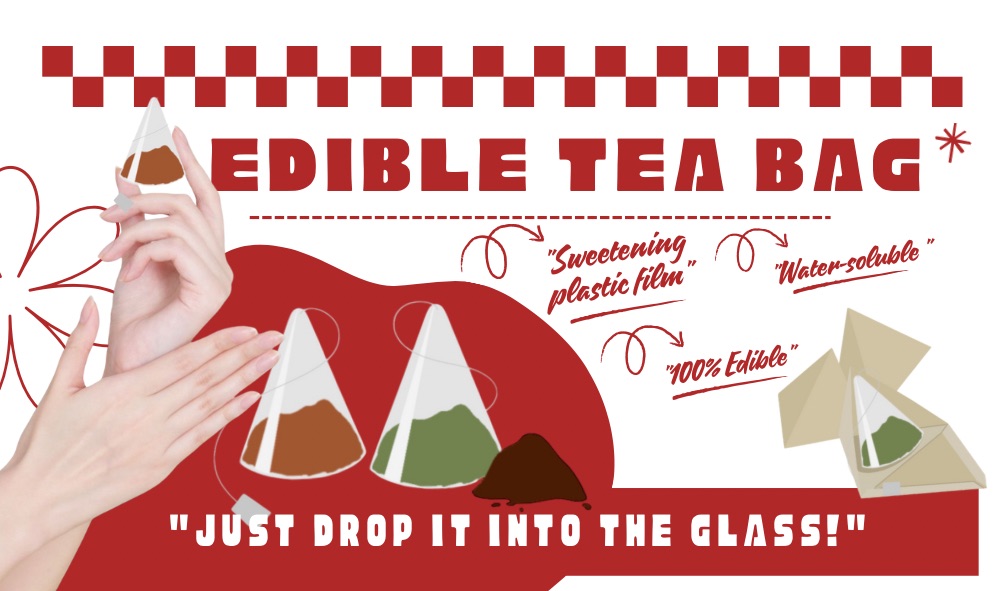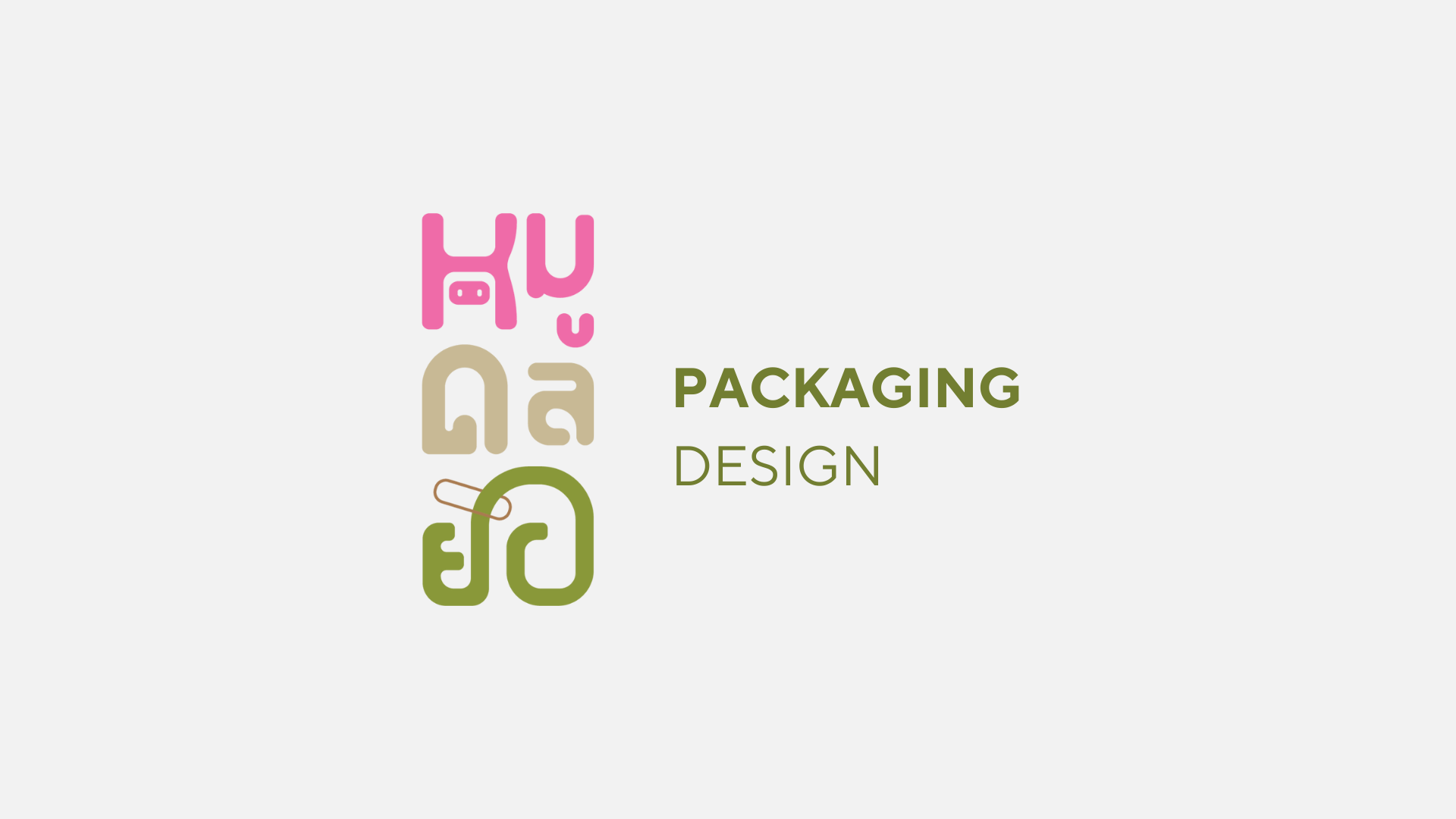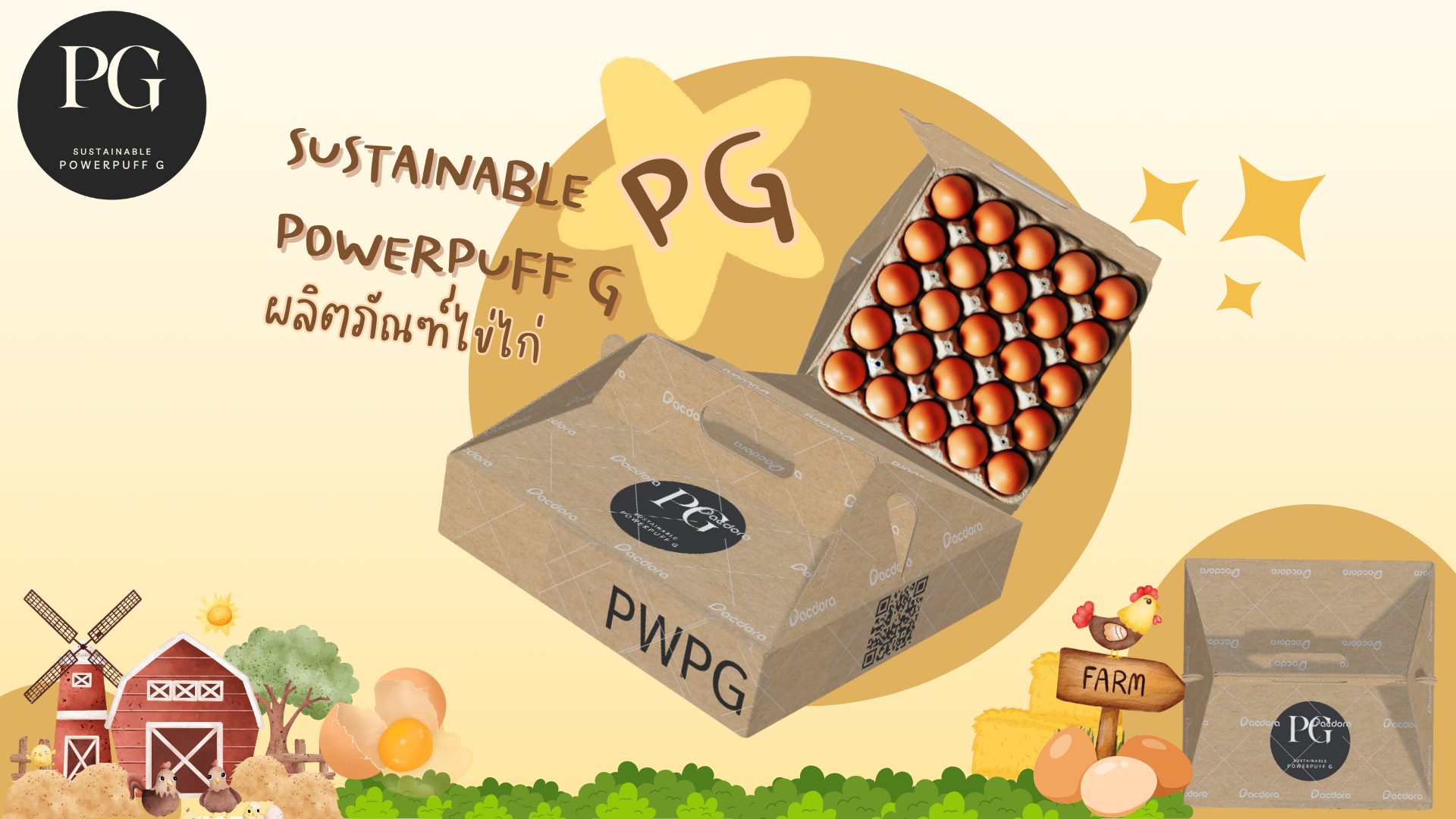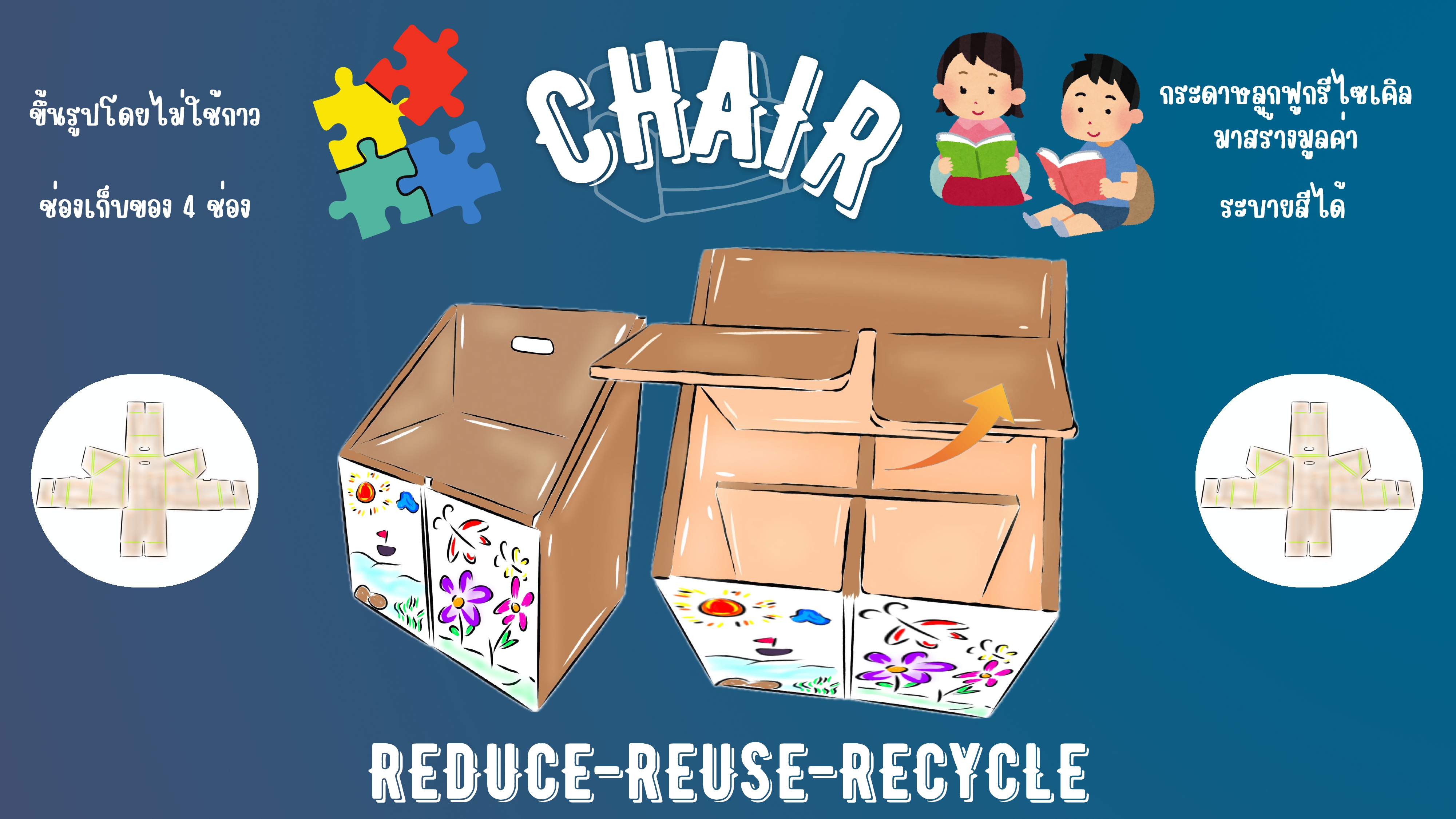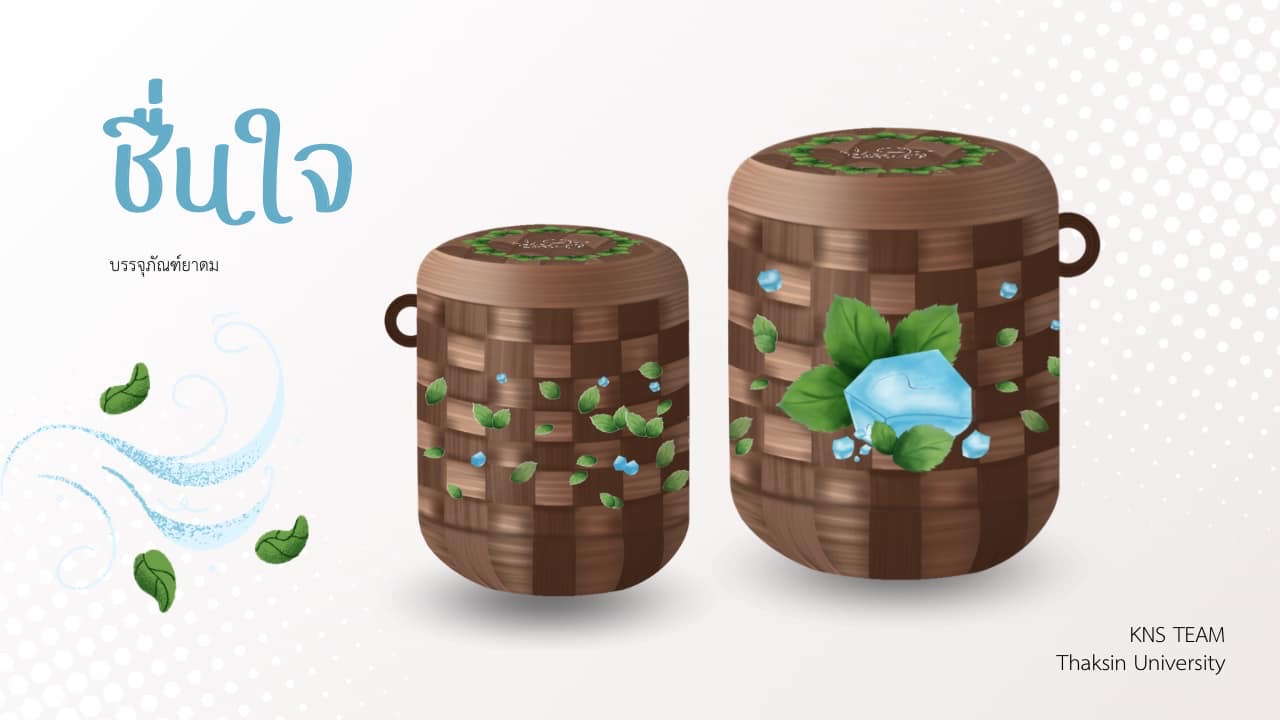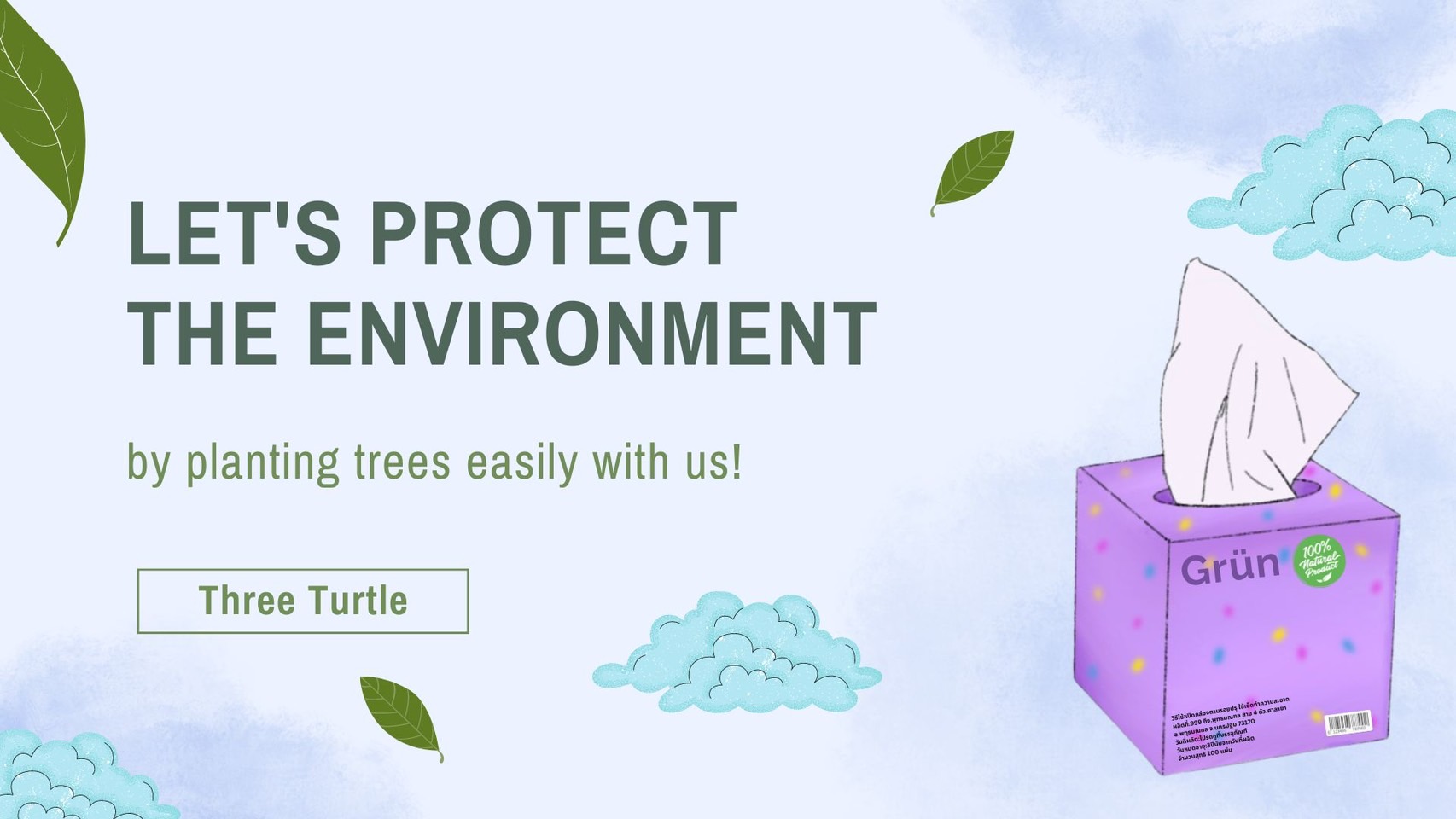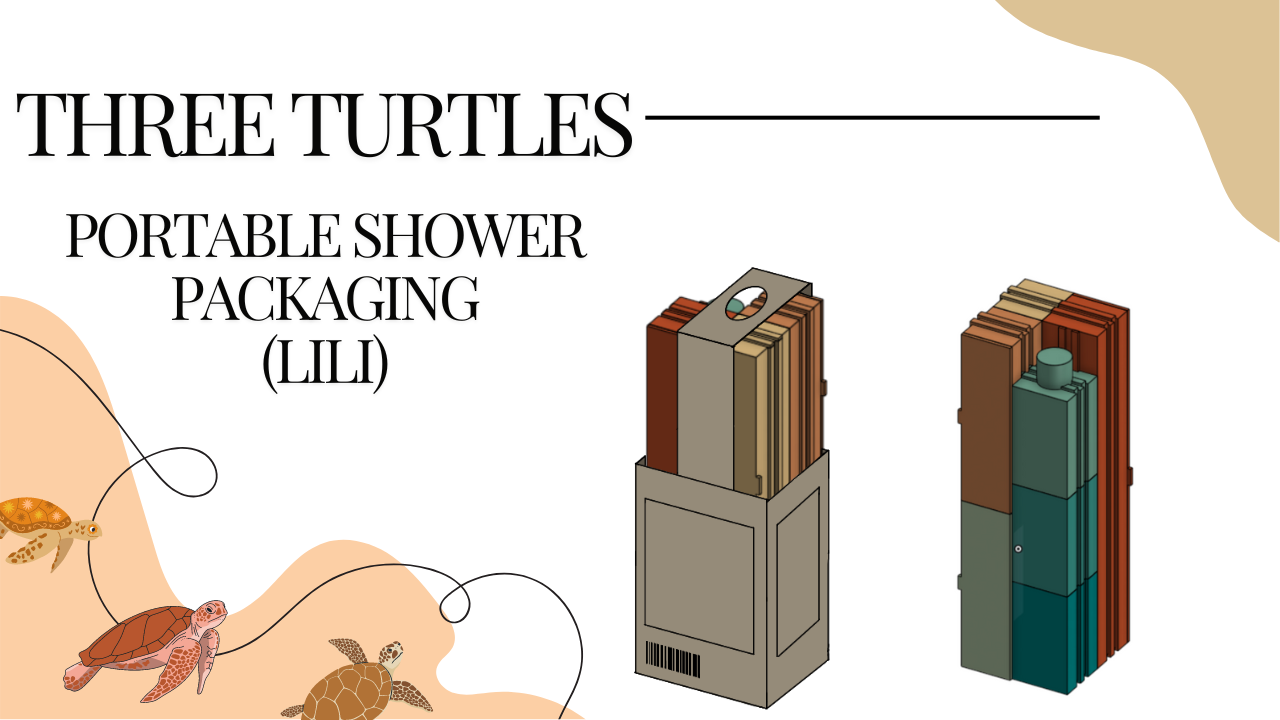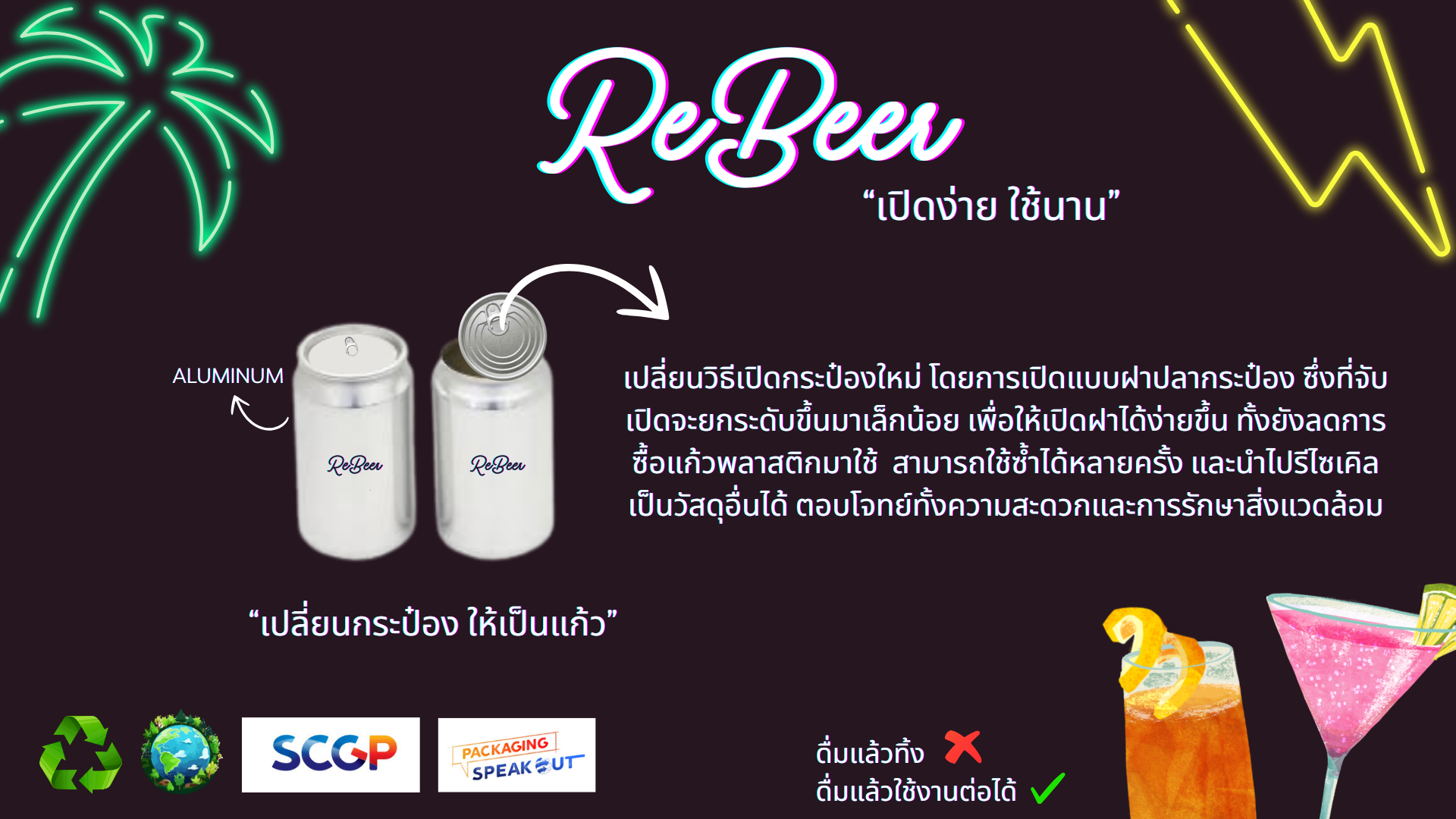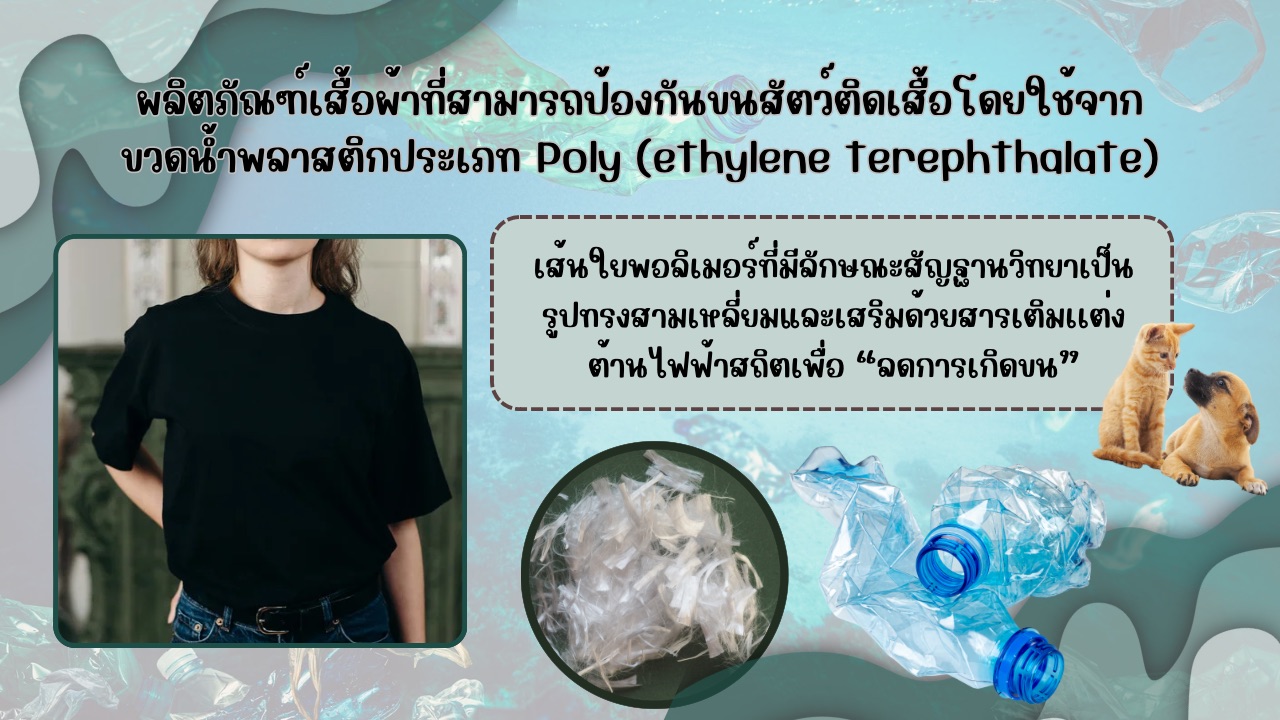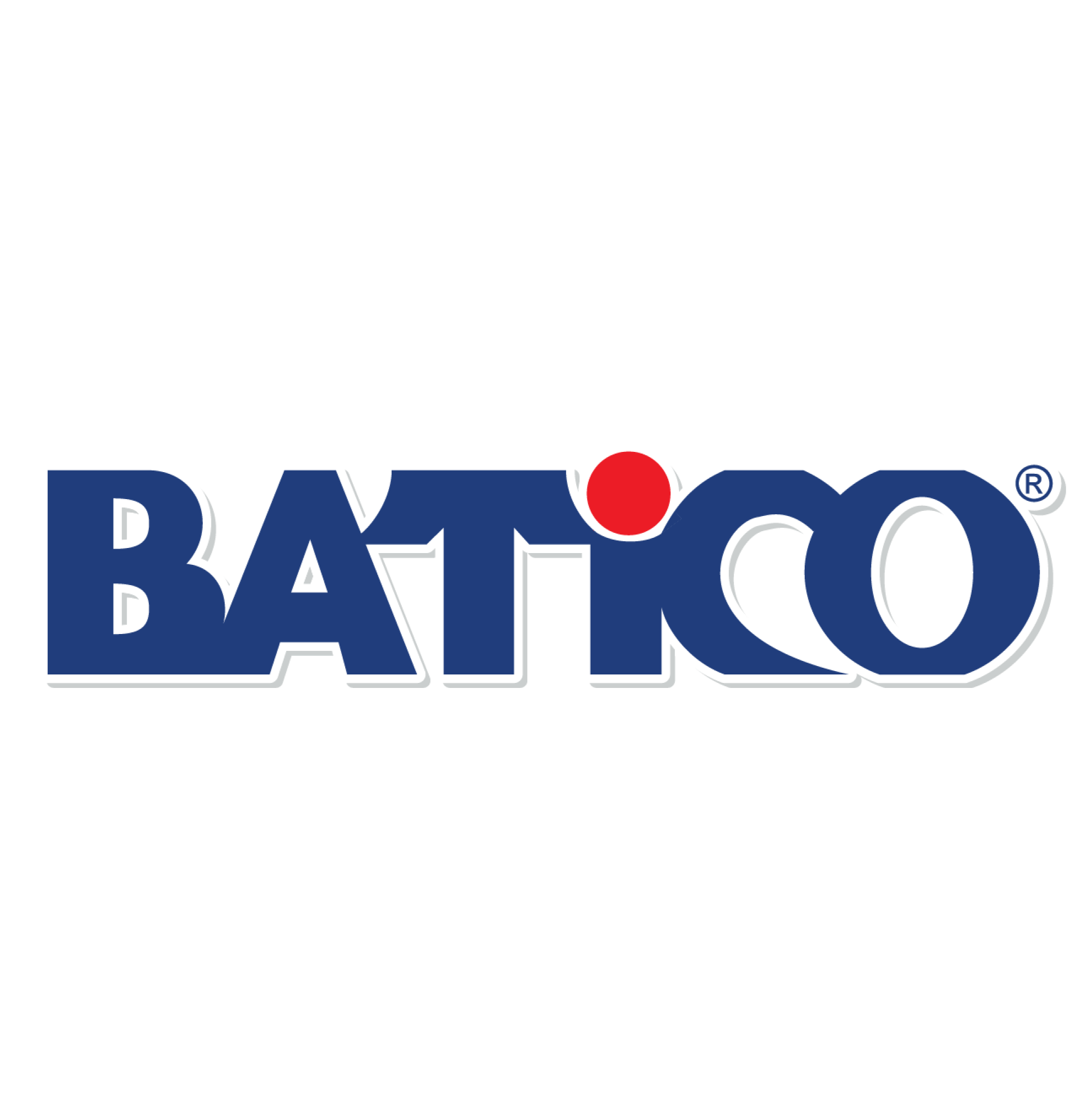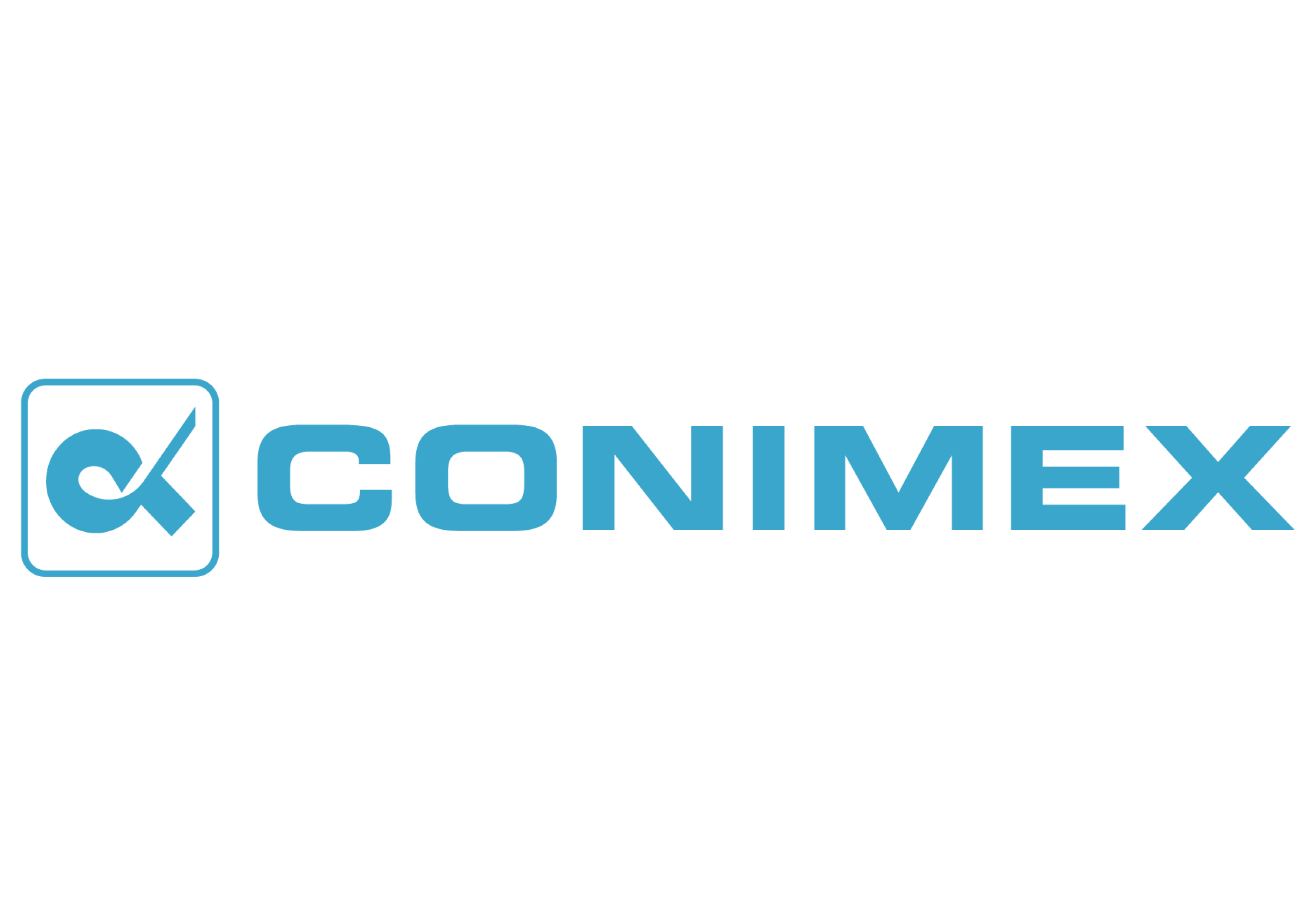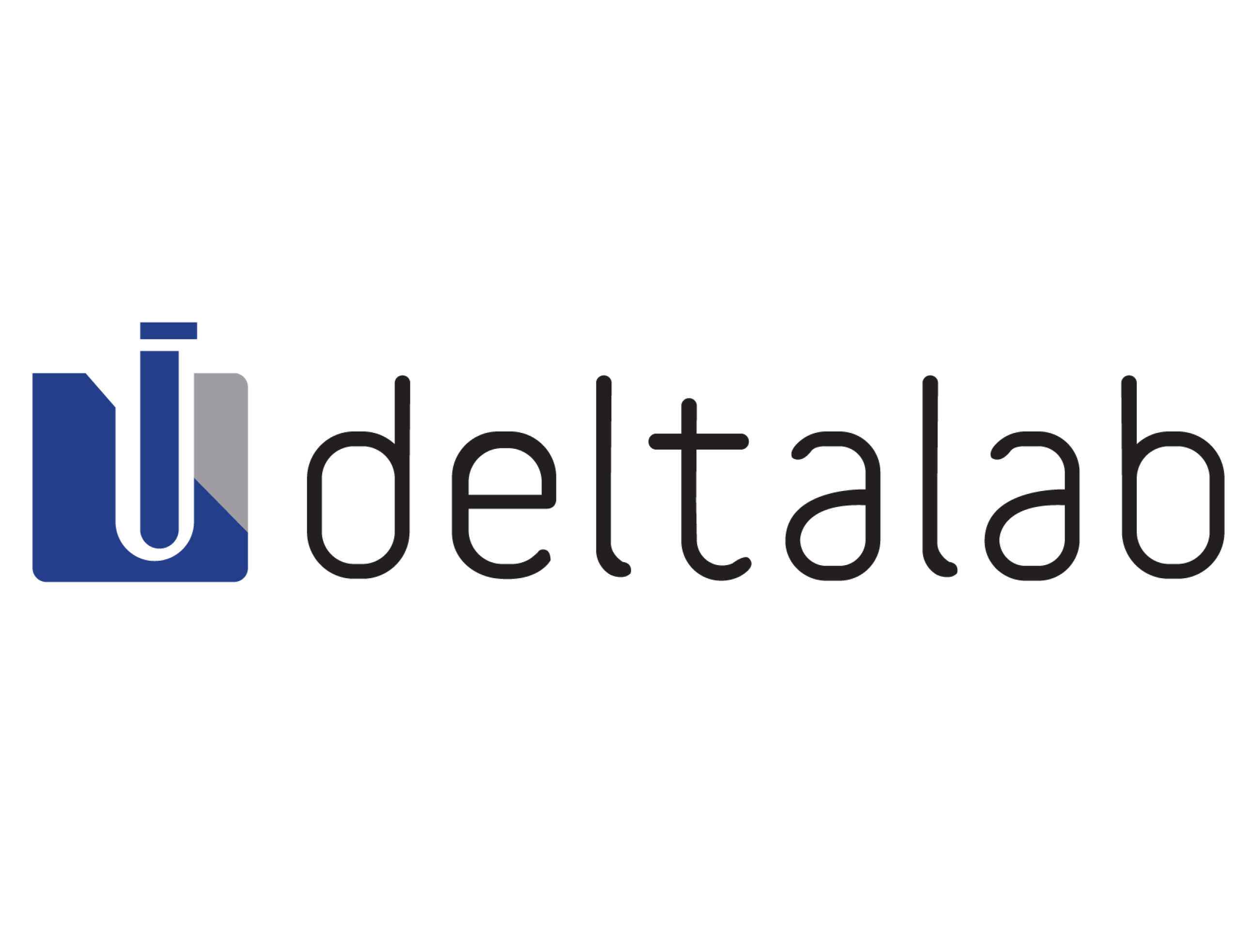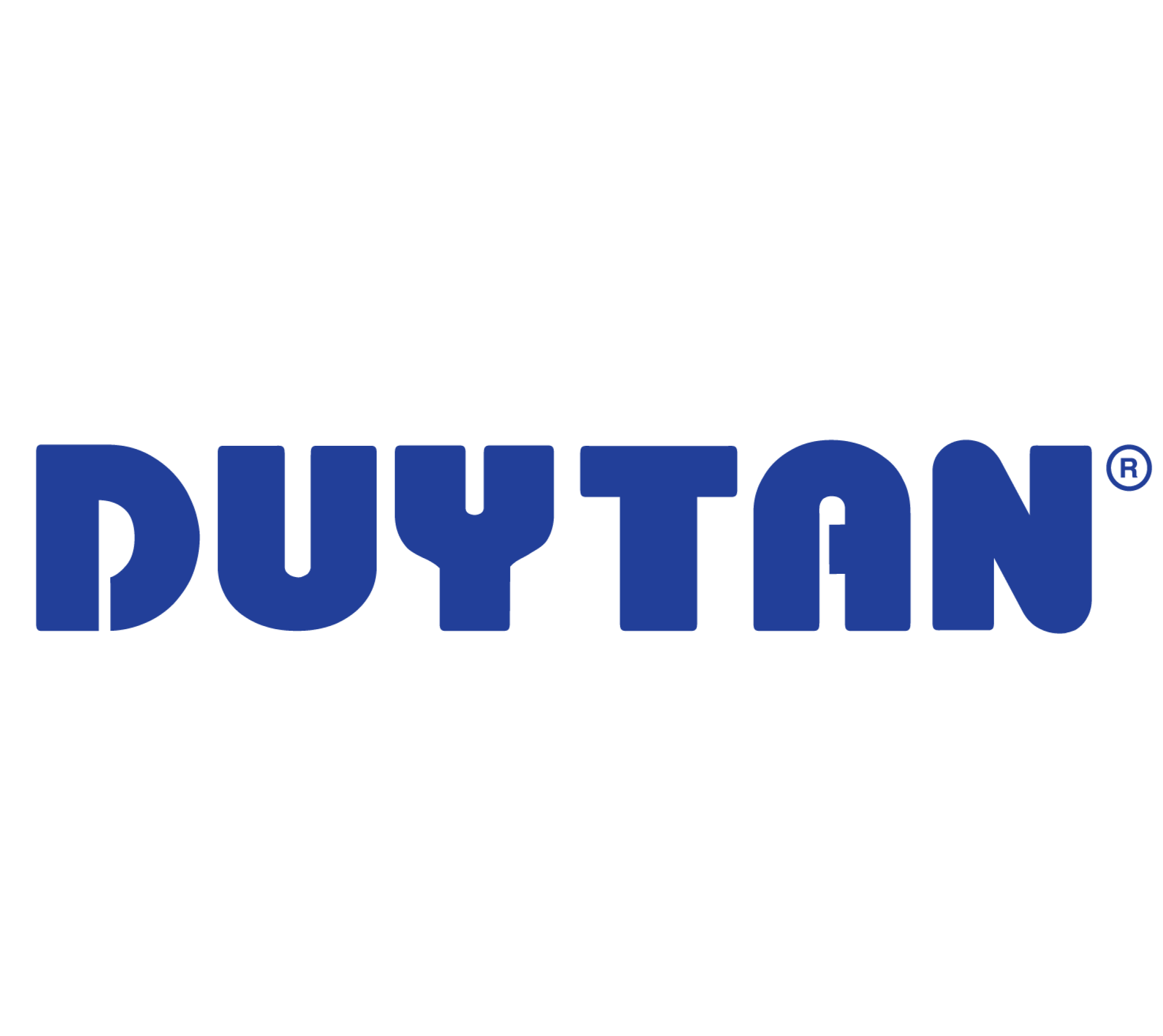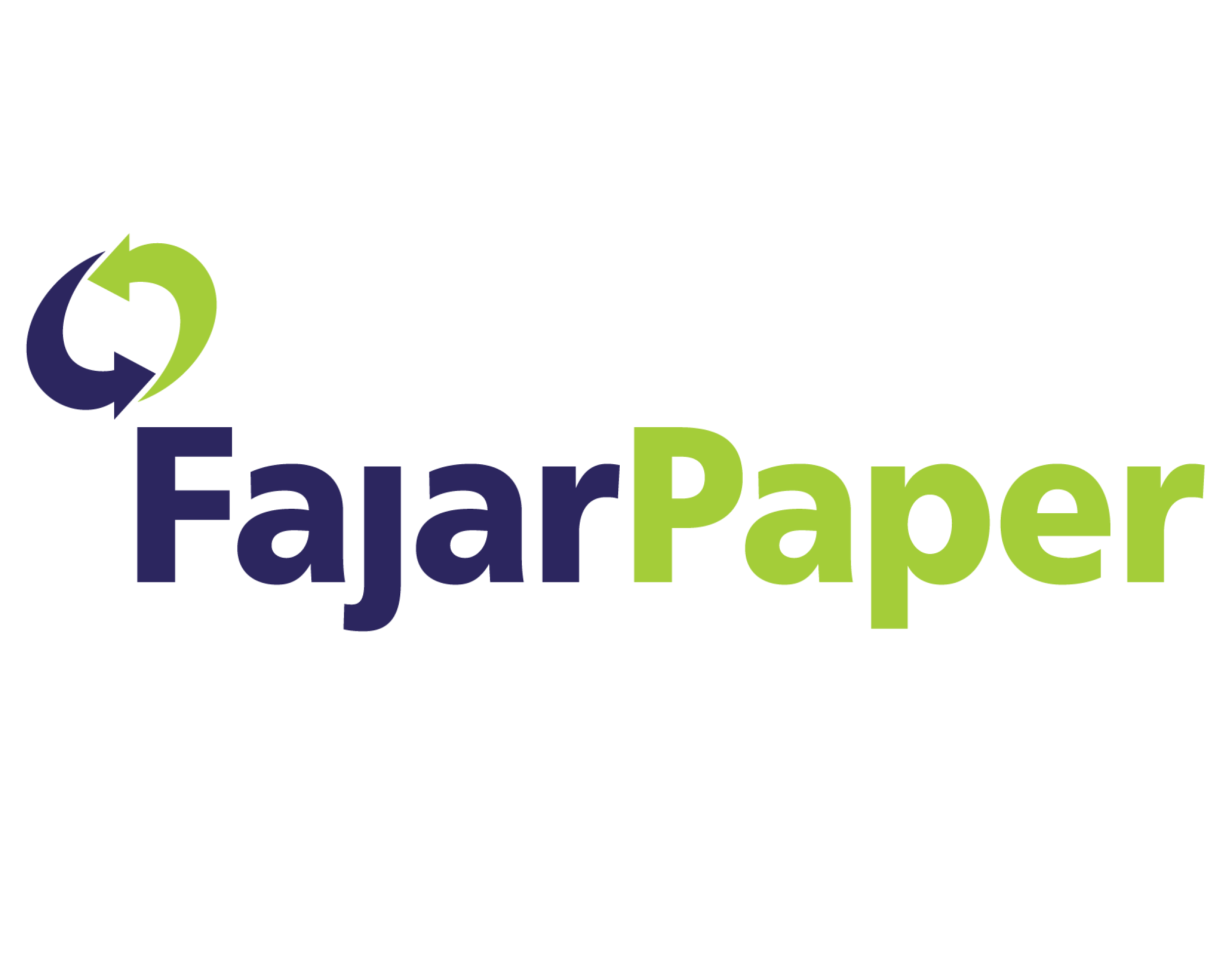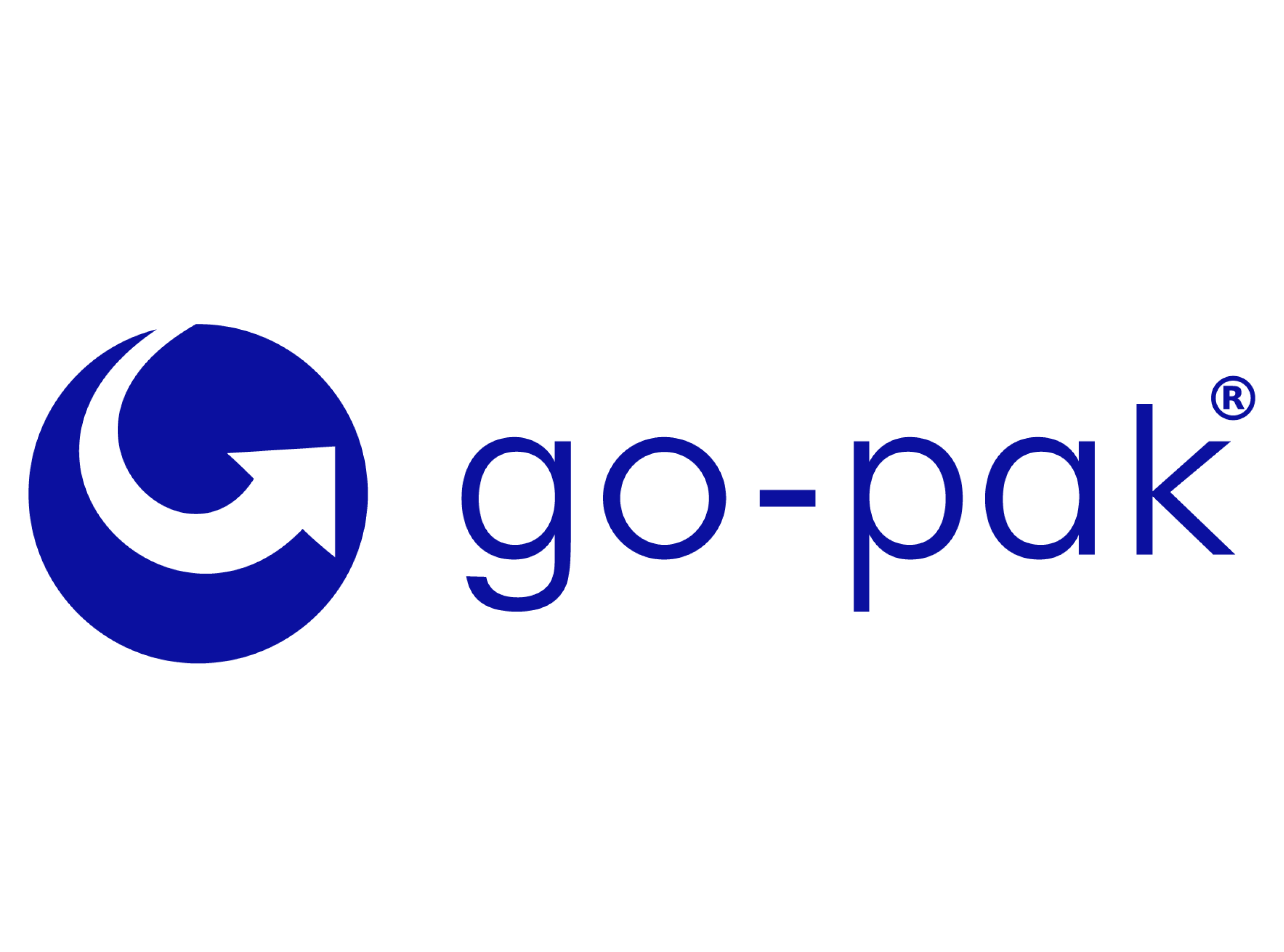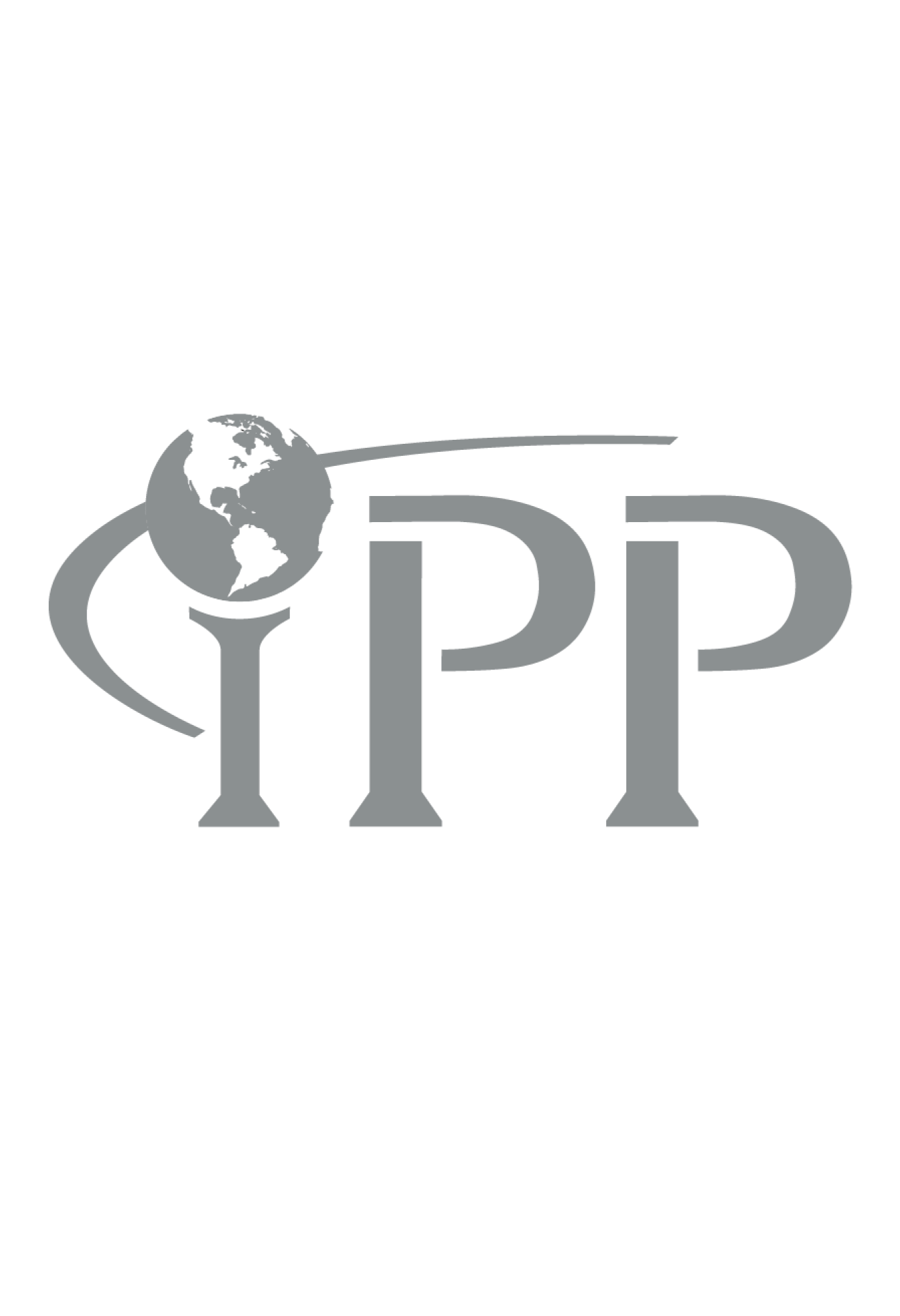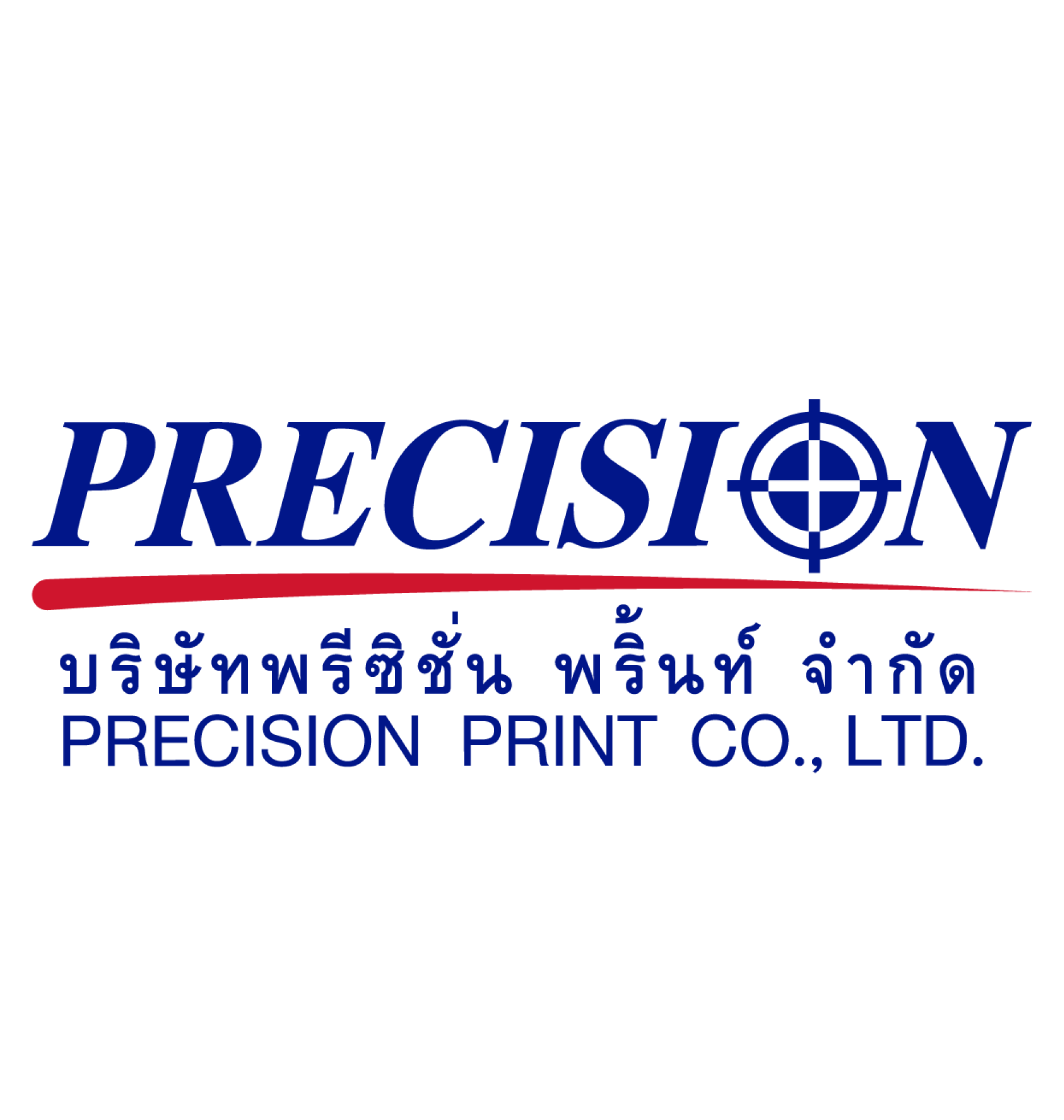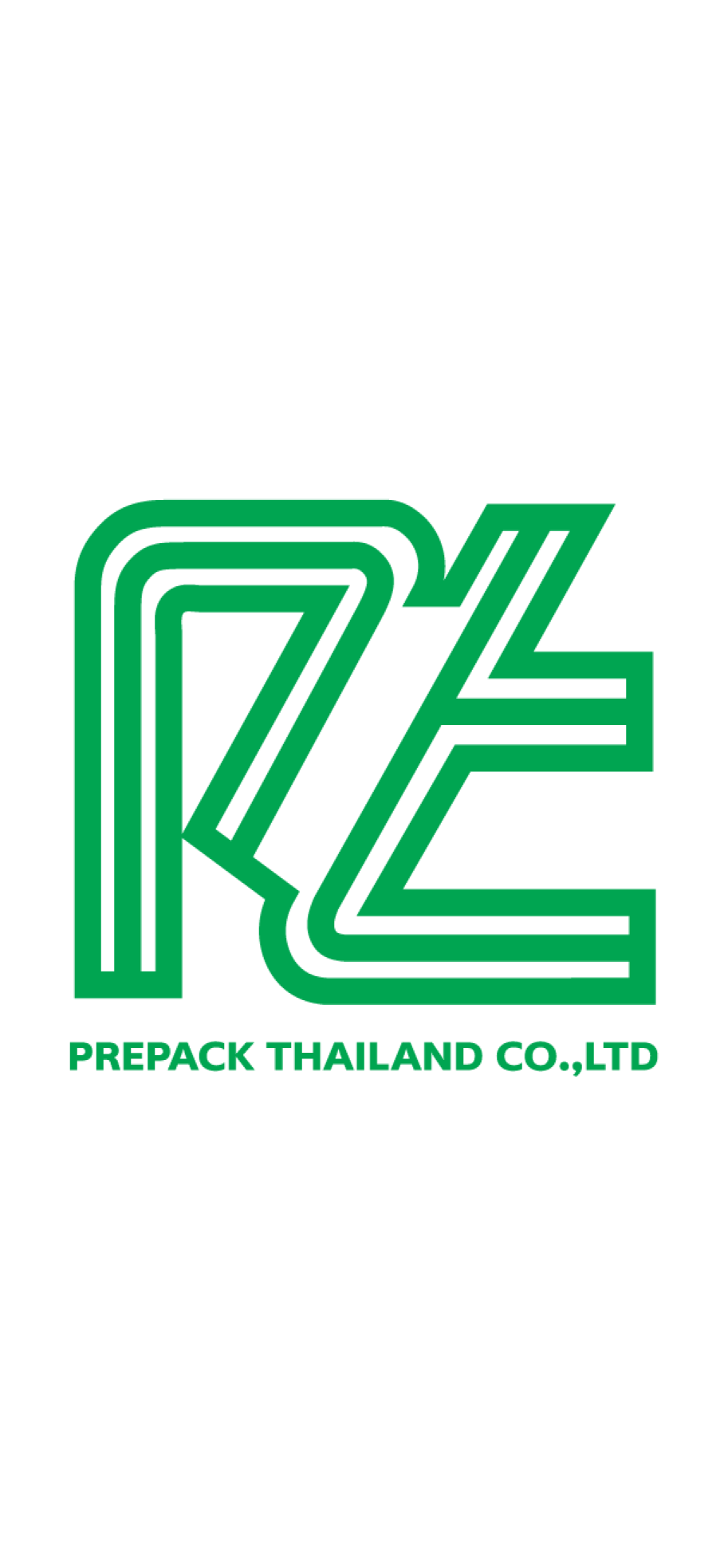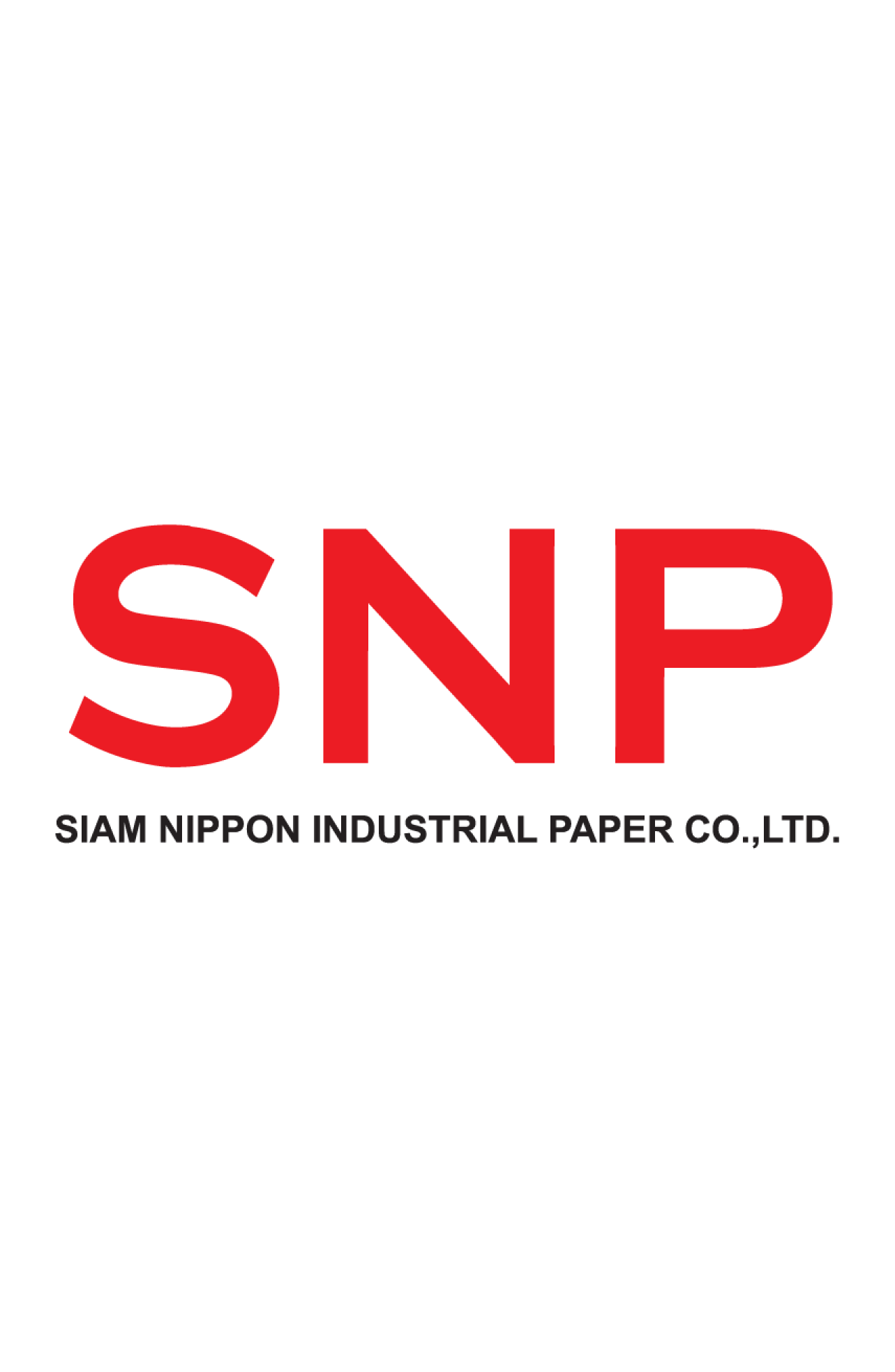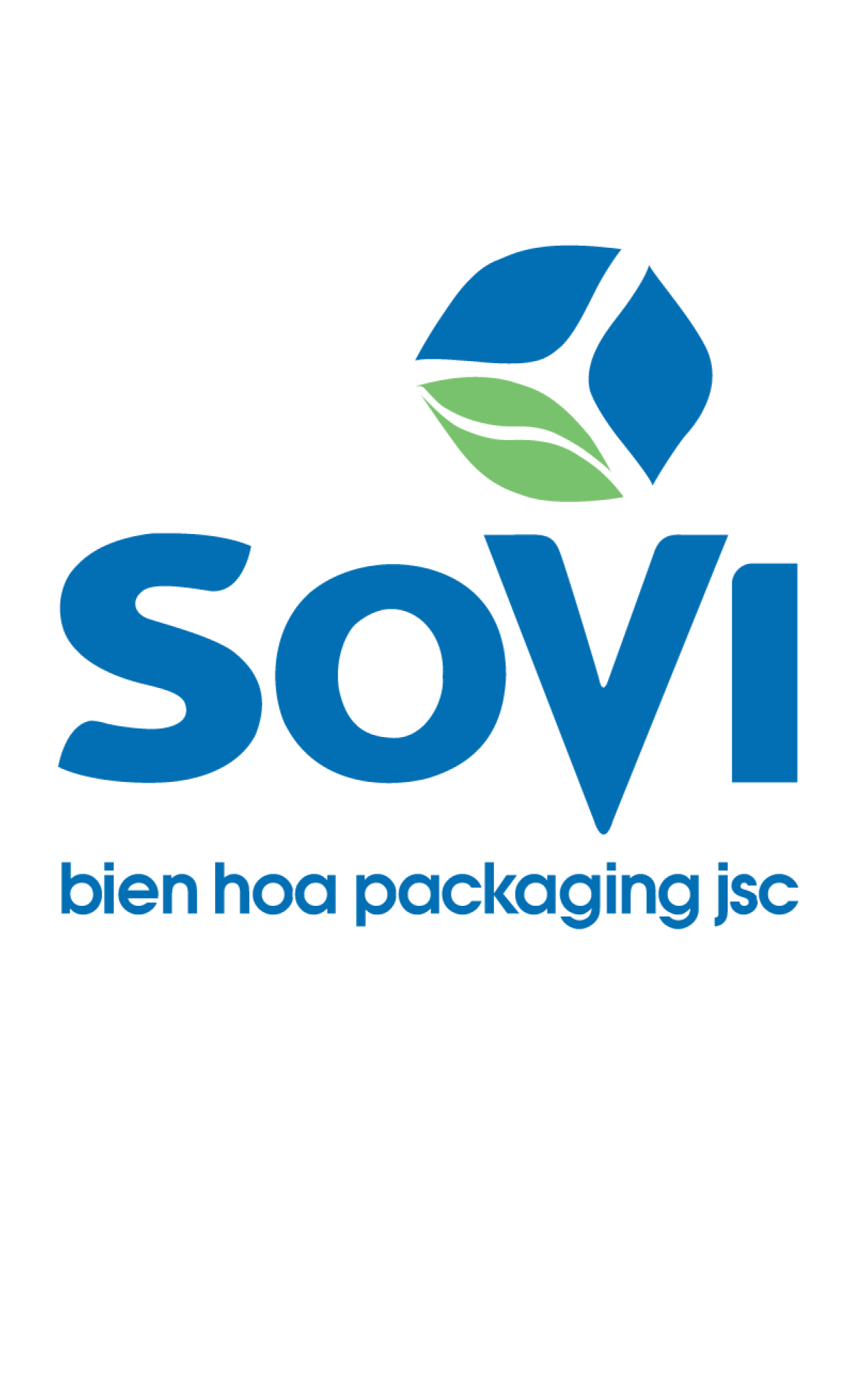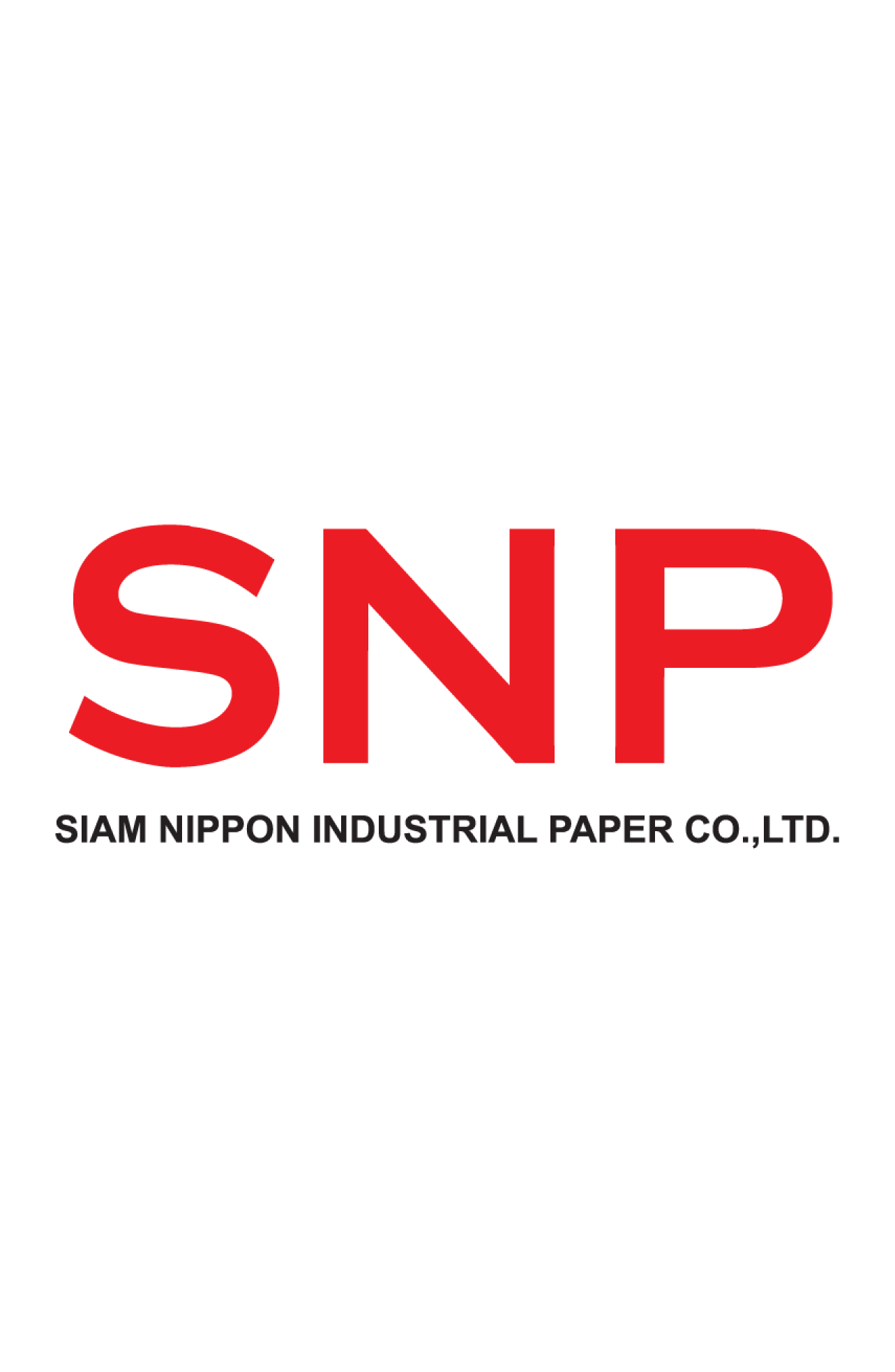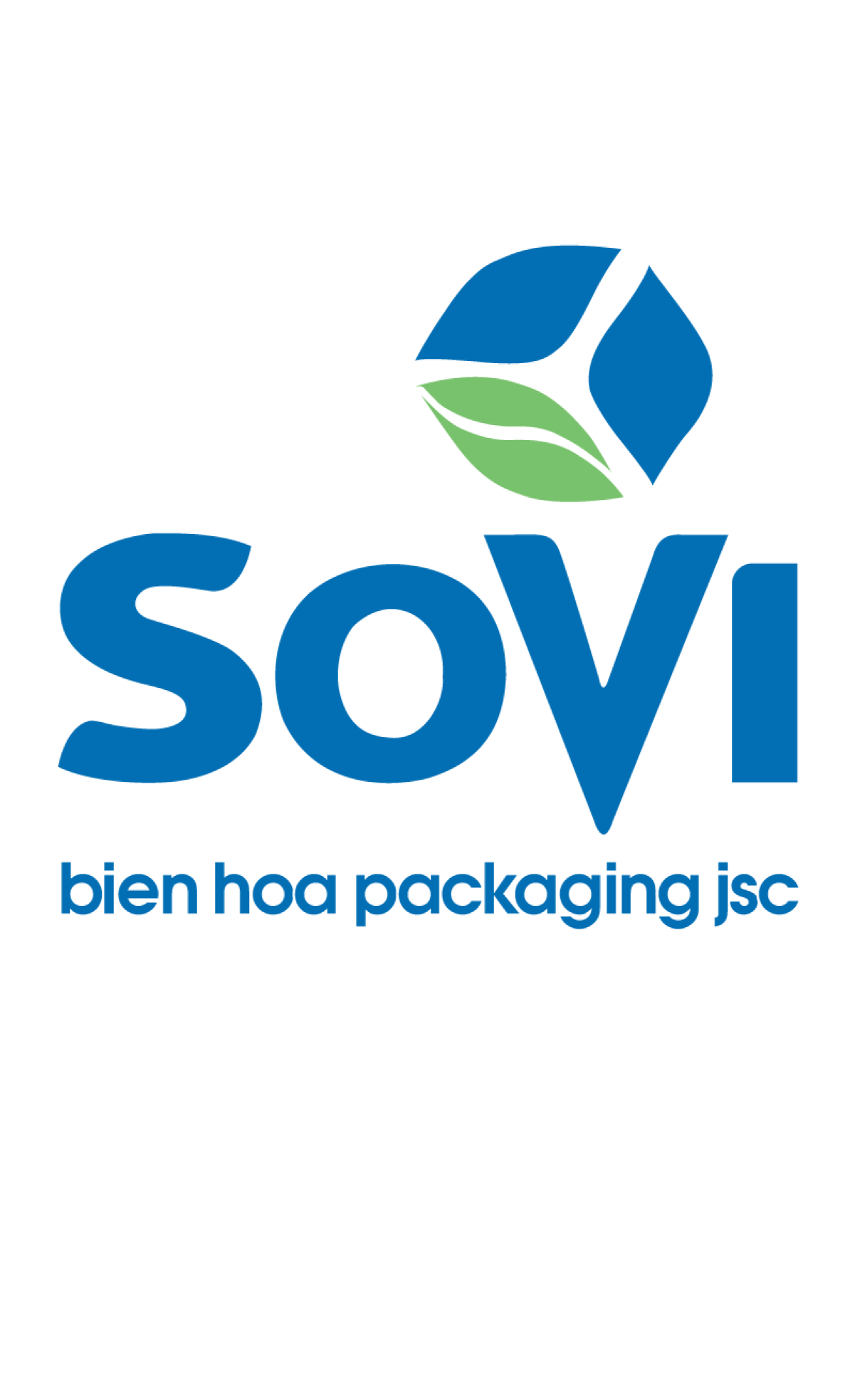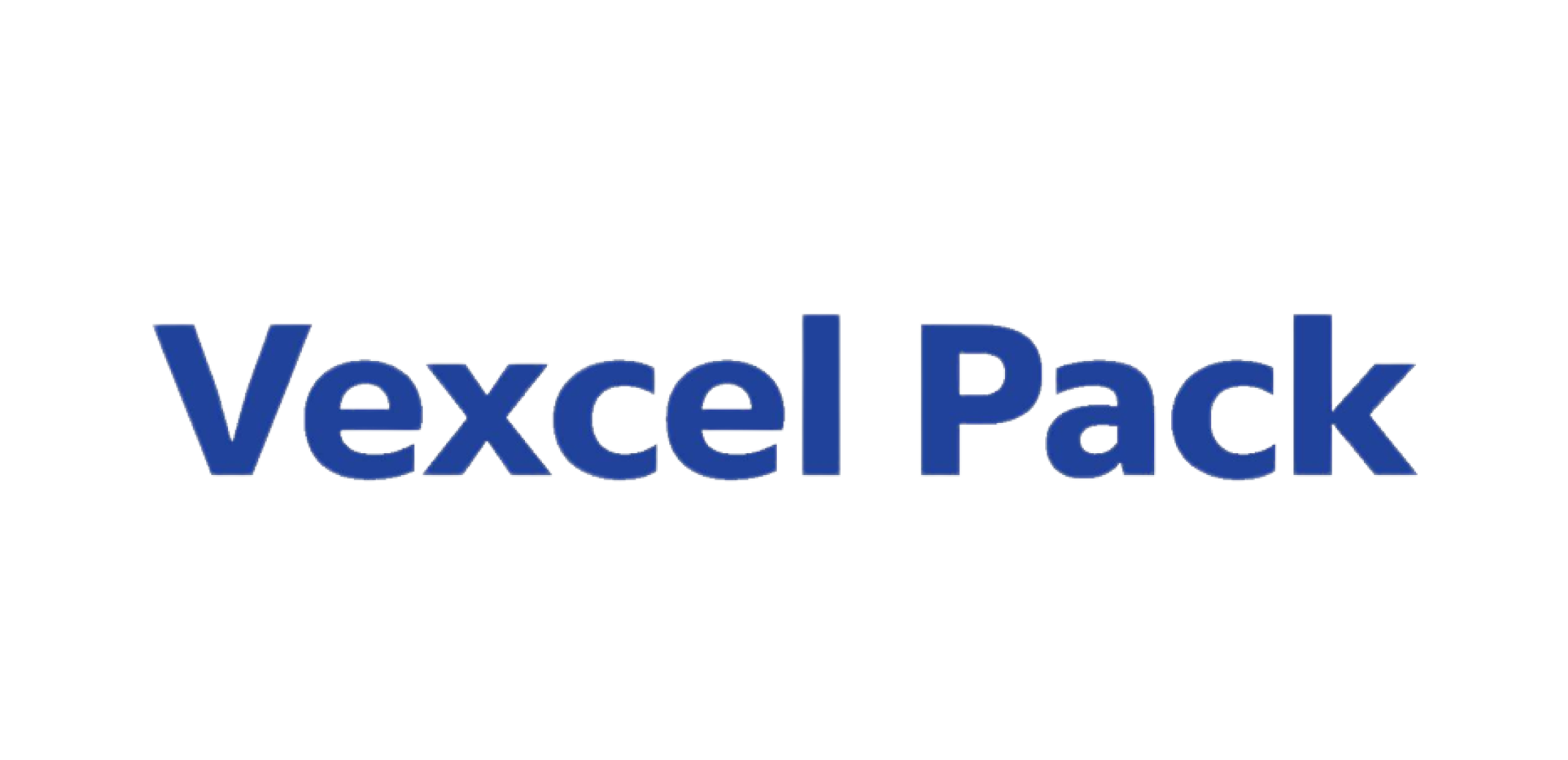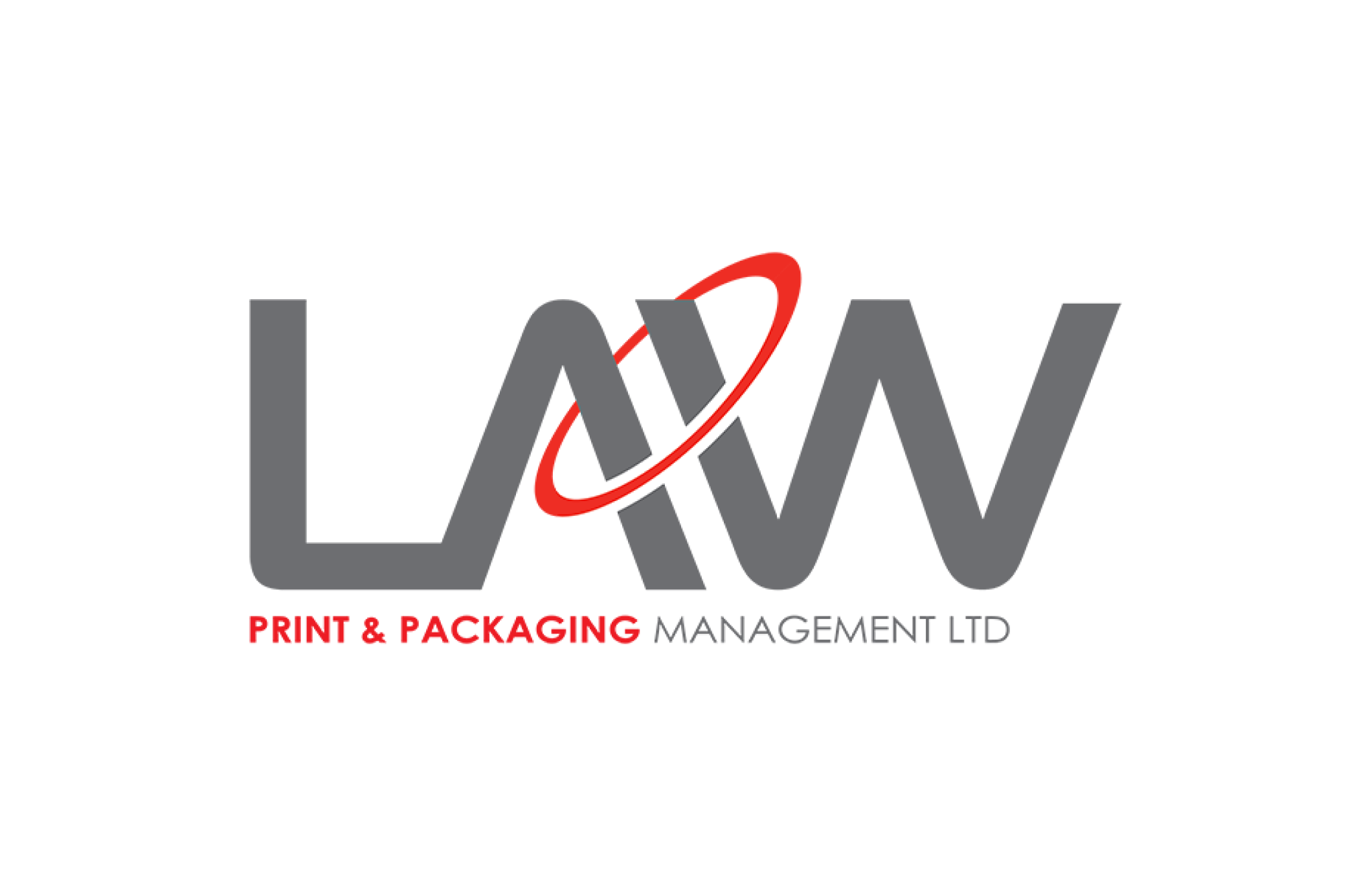Fresh Wrap
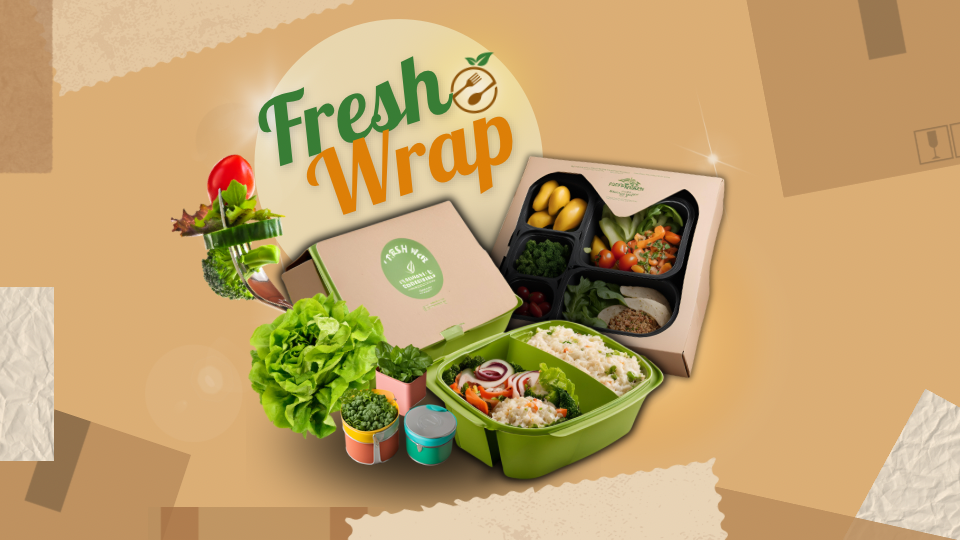
Team : Fresh Wrap
Member
Mr Taweesap Atchariyathin
Mr Pawarit Mueangraruen
Mrs Varin Prommas
Brand Development Plan and Product Value
1. Brand Development Goals
1. Brand Development Goals
1. Sustainability
- Using sustainable materials: Shift from single-use plastics to materials that can be either biodegradable or recycled. This can include materials that are re-usable through various processes or biodegradable in appropriate conditions.
- Reducing carbon footprint: Employ technologies and production processes that reduce greenhouse gas emissions, such as using clean energy and renewable resources in the packaging production process.
- Building an eco-friendly society: Communicate the brand’s commitment to environmental conservation. This enhances brand credibility and fosters customer loyalty (Customer Loyalty) through sustainability-focused messaging.
2. Packaging Design
- Simple design with full functionality: The packaging should be easy to use, protect the product well, and be convenient for transport. The design should also reflect modern aesthetics and the brand’s identity to enhance product value and recognition among consumers.
- Using diverse materials: Choose materials that are eco-friendly and offer flexibility in creating various product designs. Materials such as recycled paper, bioplastics, or natural materials are suitable options.
- Adapting to consumer needs: Design packaging that aligns with the preferences of the target audience, making it suitable for users of all ages and responsive to changing consumer lifestyles.
3. Innovation in Packaging
- Utilizing advanced technology: Develop packaging technology that extends product shelf life, such as technology that prevents moisture and air penetration.
- Smart Packaging: Incorporate packaging innovations like QR codes or RFID that provide information about the product and recycling or disposal instructions.
- Using modern materials: Experiment with new materials, such as bioplastics (Polybutylene Succinate: PBS, Polylactic Acid: PLA), or fast-degradable materials to reduce environmental impact.
4. Digitalization
- Data analysis and insights: Use consumer data and analytics to improve packaging design and brand communication. Monitor consumer behavior to adjust strategies according to market needs.
- E-commerce Packaging: Develop packaging suited for online sales, ensuring durability during shipping and storage.
- Digital marketing: Utilize online platforms to promote the brand and packaging through sustainability and innovation-focused campaigns on social media.
2. Packaging Design for Social and Environmental Impact
Industry: Processed food industry
Product: Healthy food
Packaging: Sustainable meal boxes for healthy food
Materials: Paper and bioplastics (PLA and PBS)
1. Box Composition: Made from PLA-coated paper, offering durability, heat resistance, and moisture protection. PLA is biodegradable under suitable conditions, helping reduce plastic usage through coated paper technology.
2. Sealing Film Composition: Made from PBS, which is heat-resistant, flexible, semi-transparent, and biodegradable. Printed using water-based flexographic ink for an eco-friendly, durable seal.
3. Business Environment Analysis
PESTEL Analysis
1. Political: Government environmental policies encouraging sustainability and reducing single-use plastics drive demand for eco-friendly packaging.
2. Economic: Higher costs for sustainable materials like PBS and PLA may impact price competition but growing consumer demand for eco-friendly products presents opportunities.
3. Social: Growing awareness of environmental issues increases demand for sustainable packaging.
4. Technology: New innovations in biodegradable materials and printing technology enhance packaging quality and reduce environmental impact.
5. Environmental: Climate change and natural resource sustainability emphasize the need for eco-friendly packaging solutions.
6. Legal: Regulations on waste disposal and recycling encourage the adoption of biodegradable packaging.
4. Target Customer Segmentation and Insights
1. Health-conscious Millennials and Gen Z: These consumers value health, nutrition, and eco-friendly packaging, aligning with their lifestyle of well-being and sustainability.
• Insight: Willing to pay more for safe, sustainable products.
2. Eco-conscious Consumers: People aware of environmental issues and prefer products with biodegradable or recycled packaging.
• Insight: They seek brands that demonstrate environmental responsibility.
3. Busy Professionals: Consumers with limited time seeking convenience in ready-to-eat, easy-to-store food packaging.
• Insight: Value packaging that is easy to use and durable during travel.
4. Health-conscious Seniors: Older consumers focused on nutritional products and convenient, easy-to-use packaging.
• Insight: Prefer packaging with clear nutritional information and eco-friendliness.
5. Marketing Activities and Brand Development through Packaging
1. Marketing Campaigns to Build the Brand and Boost Sales
• Social Media Campaigns: Use platforms like Facebook, Instagram, and TikTok to promote sustainability and the value of the product through user engagement and recycling campaigns.
• Eco-awareness Campaign: Collaborate with eco-influencers and encourage consumers to recycle packaging for discounts.
2. Developing the Brand through Packaging
• Packaging Design: Create simple, modern designs that reflect the brand’s commitment to health and sustainability.
• Innovative Packaging: Implement smart packaging technology, such as QR codes for tracking and recycling information.
6. Measuring Marketing and Brand Success
1. Key Performance Indicators (KPIs)
• Sales growth: Track sales before and after marketing campaigns like “Healthy Planet, Healthy You.”
• Brand awareness: Measure through social media reach, engagement, and QR code scans.
• Customer loyalty: Track customer engagement in recycling programs and repeat purchases.
2. Tracking and Evaluation:
• Monthly sales reports: Compare sales from online and physical stores before and after campaigns.
• Social media metrics: Monitor social media responses, comments, and QR code usage.
3. Strategy Adjustments:
• If engagement is low, adjust content to be more appealing, including short videos and sustainability storytelling.
Key Features and Highlights of the Packaging
1. Sustainability: These packages are made from eco-friendly materials such as PLA (Polylactic Acid) and PBS, which are biodegradable bioplastics. This helps reduce the amount of hard-to-degrade plastic waste.
2. Natural Colors: The packaging uses natural tones like green, brown, and earthy hues, reflecting environmental awareness and giving the product an organic and healthy feel.
3. Compact and Efficient Size: The packaging is designed to be compact and portable, taking up minimal space and reducing the amount of material used in production.
4. User-Friendly Design: The packaging is convenient for handling and storing. For example, salad roll and sandwich packaging allows consumers to easily see the food inside, providing confidence in product quality.
5. Clear Messaging: The packaging clearly states that it is made from biodegradable and non-toxic materials, a key factor that attracts environmentally conscious customers.
6. Modern Graphic Design: The simple and clean design enhances the product’s market value, giving it a premium and trustworthy appearance.
7. Good Product Protection: In addition to being environmentally friendly, the packaging offers excellent protection to keep food fresh and secure.
Brand Logo Explanation for “Fresh Wrap”
The Fresh Wrap brand logo is designed to reflect the freshness and sustainability of the product through simple yet powerful graphic elements. It communicates the brand’s core values and creates a strong appeal:
1. Natural Color Palette: The logo features green and brown as its primary colors, symbolizing nature, freshness, and environmental consciousness. Green represents sustainability, organic products, and health, while brown conveys simplicity, natural materials, and eco-friendly packaging like paper and bioplastics.
2. Clean and Modern Font: The font used in the logo is clean and modern, contributing to a premium and trustworthy image. The simplicity of the font makes the brand easy to recognize, helping consumers form a strong connection with Fresh Wrap.
3. Leaf Symbol: A leaf symbol can be incorporated into the logo to emphasize sustainability and environmental preservation, which are at the heart of the Fresh Wrap brand. The leaf symbolizes growth, balance, and the use of natural, eco-friendly materials.
4. Alignment with the Product: The Fresh Wrap logo is designed to reflect the simplicity and freshness of the food, along with the biodegradable nature of the packaging. The word “Wrap” in the brand name highlights the clean, safe, and healthy way the food is packaged.
5. Communicating Sustainability and Eco-friendliness: The logo helps convey the brand’s focus on sustainability, creating a strong appeal for eco-conscious consumers. The use of eco-friendly packaging materials is reinforced through the logo, emphasizing the brand’s commitment to environmental care.

